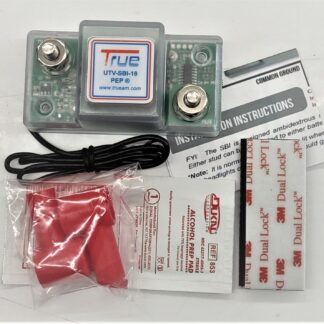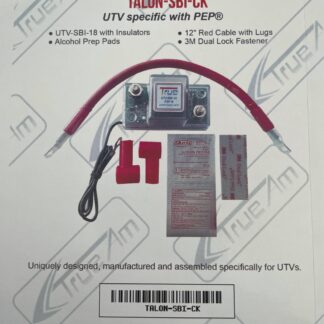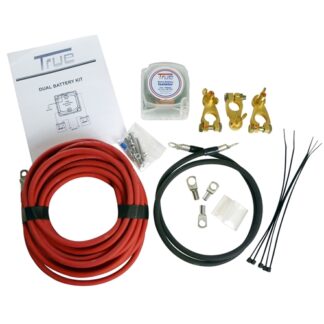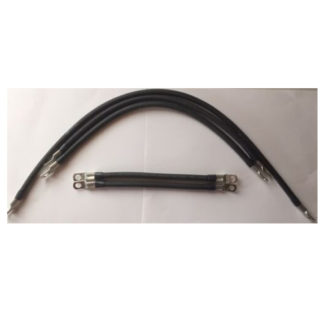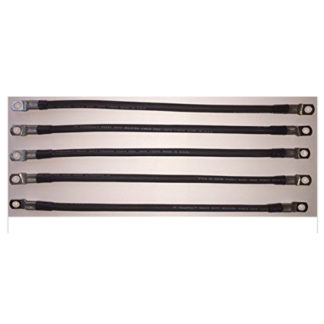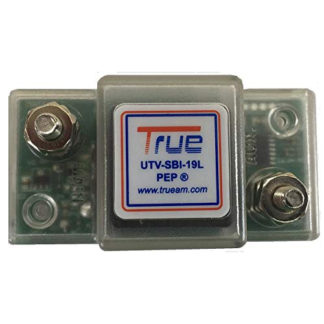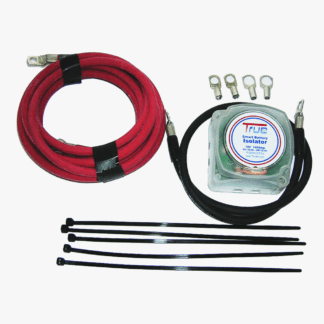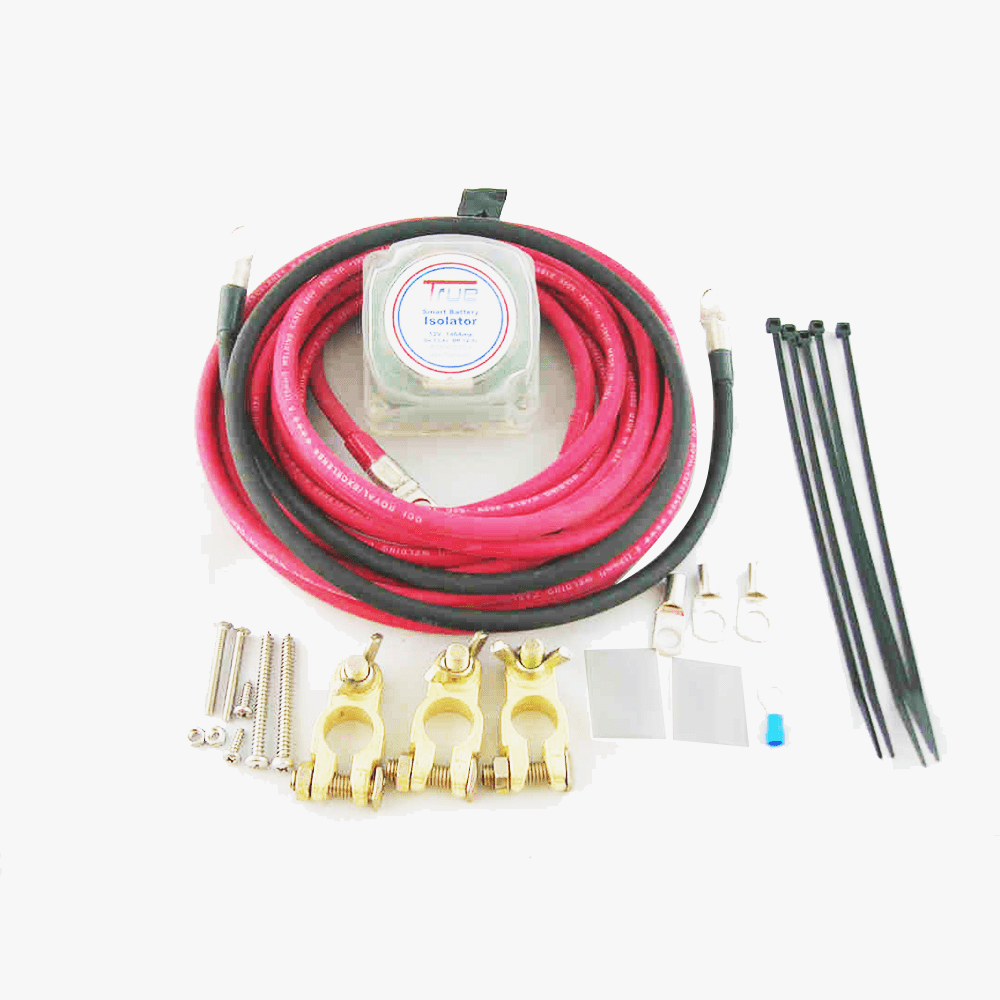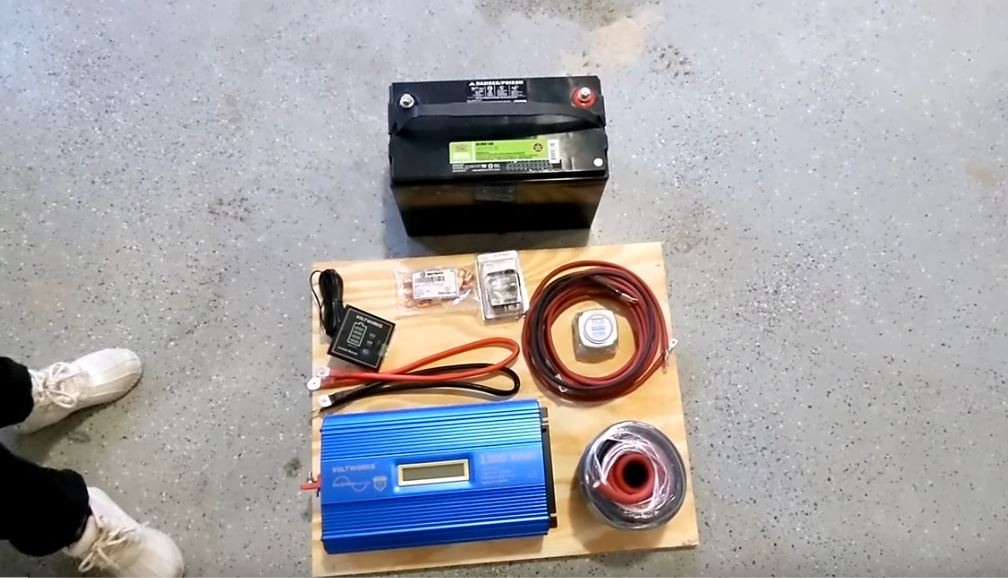
Installing an auxiliary battery in a car can be a helpful addition, particularly if you want more power for electronics, refrigerators, or other items like camping gear. Cars that depend on additional power for prolonged periods without starting the engine will benefit greatly from having an auxiliary battery installed.
This setup is particularly helpful for off-grid excursions, road vacations, and camping where you may need to power lights, communication devices, cooking equipment and even security technology. Even after using additional equipment for extended periods of time, you may start the car with confidence since the auxiliary battery makes sure these items can function without depleting the primary battery.
Below are material needed in order to wire a second battery in a car:
- Auxiliary battery (deep cycle battery recommended)
- Smart Battery isolator kit or Automatic Charging Relay (ACR) from TrueAm
- Battery cables (positive and negative)
- Fuse holder and fuse (typically 50A-100A)
- Terminal connectors
- Wire crimpers and cutters
- Heat shrink tubing or electrical tape
- Zip ties or cable organizers
Steps to Connect an Auxiliary Battery in a Car
Choose the Right Location:
The best location for an auxiliary battery in a car is typically in the trunk or cargo area, as it offers ample space for securing the battery and related components, while also keeping it accessible for maintenance. This location allows for easy routing of cables and provides a safer, ventilated environment away from the engine’s heat. Placing the battery behind the back seat is another smart choice if space is at a premium or if weight distribution is an issue. This keeps the battery out of sight and closer to the center of the car, but it may necessitate particular attention to ventilation and secure installation.
Install the Smart Battery Isolator:
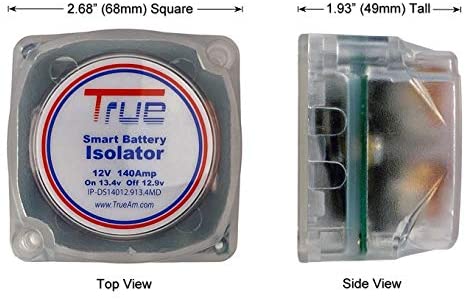
To avoid depleting the primary battery when the engine is off, a TrueAm smart battery isolator, or VSR is essential. When the engine is running, it permits both batteries to charge, but when the engine is off, it isolates the auxiliary battery. As directed by the manufacturer, install the smart battery isolator either adjacent to the primary battery or at a different position.
Connect the Main Battery to the Isolator or Automatic Voltage Sensitive Relay:
Following the manufacturer’s wiring diagram, attach a cable from the principal battery’s positive terminal to the smart battery isolator’s input terminal. Place a fuse suitable for the present load in a fuse holder that is within 12 inches of the primary battery.
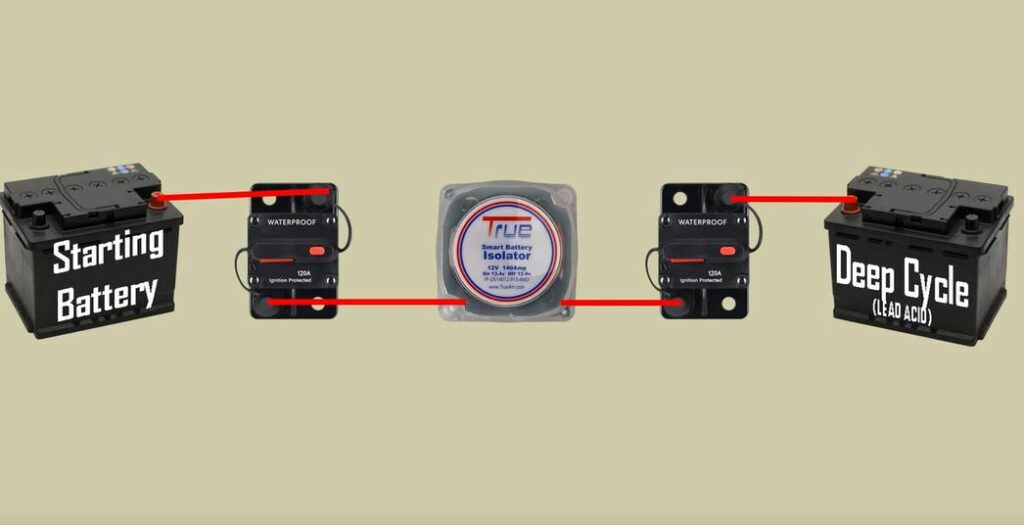
Connect the True Smart Battery Isolator to the Auxiliary Battery:
Attach a cable between the positive terminal of the auxiliary battery and the output terminal of the automated voltage-sensitive relay or isolator. Once more, place a fuse with the proper rating in the fuse holder nearest the auxiliary battery.
Ground the Auxiliary Battery:
Attach a cable to the appropriate ground point on the car’s chassis from the auxiliary battery’s negative terminal. Make that the ground connection is tight and free of paint or corrosion.
Connect Car Accessories :
Wire the positive terminals of your devices to the positive terminal of the auxiliary battery if you are using it to power them. Make sure every accessory has the appropriate fuse in place for the amount of electricity it needs. Every accessory should be grounded to either the auxiliary battery’s negative terminal or the vehicle’s chassis.
Secure All Wiring:
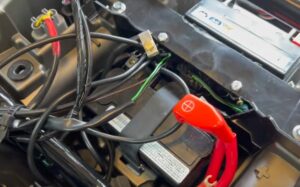 Secure any wire with zip ties or cable organizers to avoid chafing or displacement. To avoid short circuits, make sure that all connections are secure and covered with electrical tape or heat shrink piping.
Secure any wire with zip ties or cable organizers to avoid chafing or displacement. To avoid short circuits, make sure that all connections are secure and covered with electrical tape or heat shrink piping.
Test the Setup:
When the engine is running, start the vehicle and make sure both batteries are charged. Make sure the auxiliary battery maintains accessory power without depleting the primary battery by turning off the engine.
Safety Tips:
- Always disconnect the negative terminal of the main battery before starting any electrical work.
- Double-check all connections and fuses to ensure they are secure and correctly rated.
- Use high-quality cables and connectors designed for automotive use to prevent voltage drops and overheating.
By following these steps, you can safely and effectively connect an auxiliary battery in your car.


